Throughout history, powerful women have defied expectations by ruling empires and kingdoms entirely on their own—no king by their side.
These queens were not consorts or regents; they were sovereign rulers, commanding respect, armies, and empires.
From Europe to Africa to Asia, here are 10 remarkable women who wore the crown alone and rewrote the rules of leadership in a man’s world.
1. Elizabeth I of England (1533–1603)
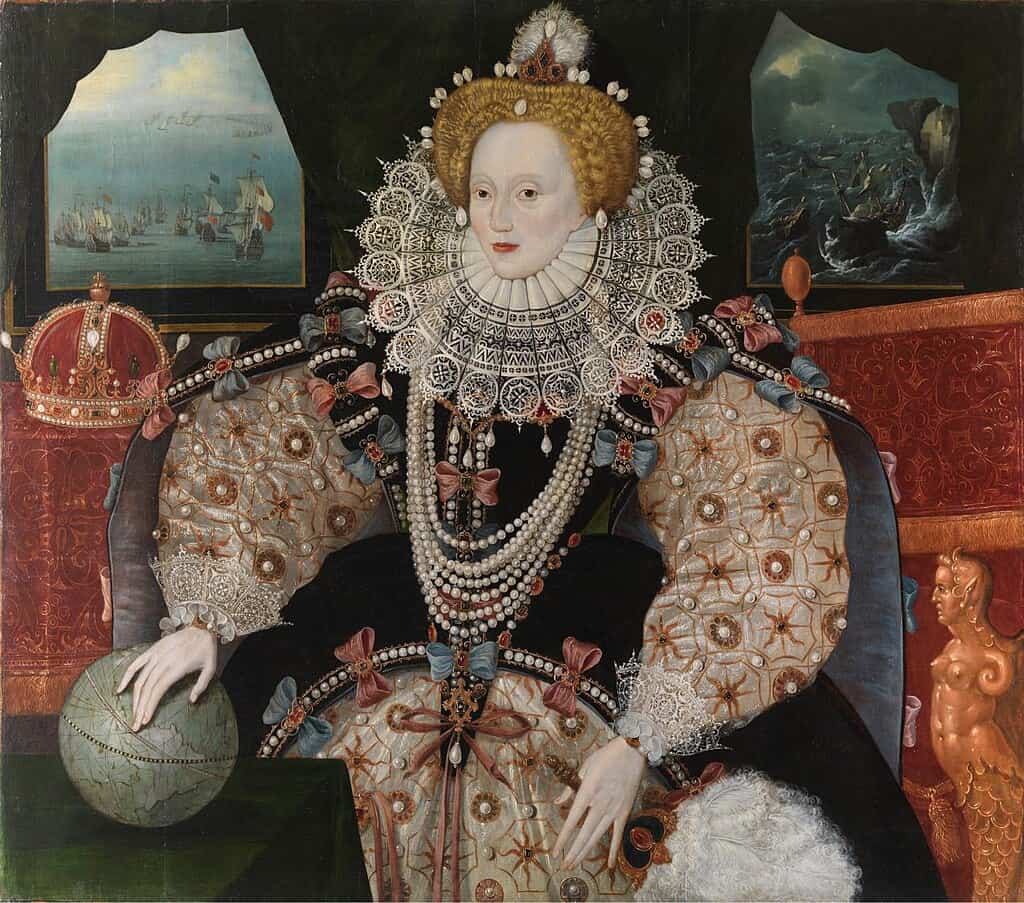
Known as the “Virgin Queen,” Elizabeth I ruled England solo for 44 years during what is now called the Elizabethan Era.
She never married, famously stating, “I am married to England.” Under her rule, England flourished.
They defeated the Spanish Armada, expanding their global influence and producing cultural legends like Shakespeare. She was a brilliant politician who skillfully navigated religious tensions, internal plots, and foreign threats.
Elizabeth proved that a woman could not only rule without a king, but could do it better than many kings before her. Her strength, intellect, and independence made her one of the most iconic monarchs in history.
2. Queen Nzinga of Ndongo and Matamba (1583–1663)
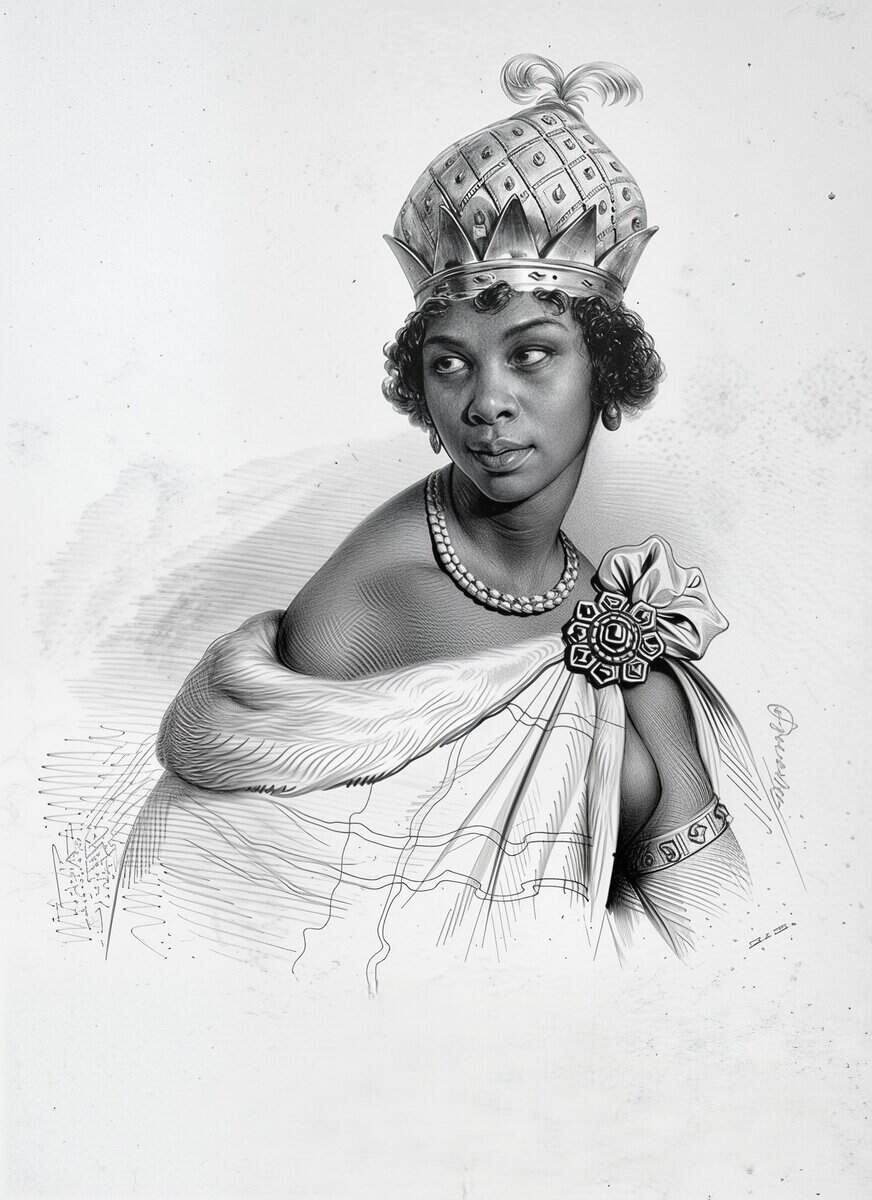
Queen Nzinga ruled what is now Angola in the 17th century, fiercely resisting Portuguese colonization.
When her brother’s leadership faltered, Nzinga stepped in, taking the throne and negotiating with Europeans in multiple languages.
She never had a king beside her. Instead, she led armies into battle and formed powerful alliances. Nzinga adopted male titles and ceremonial dress, asserting herself as a sovereign equal to any man.
Her 30-year reign is remembered for its military brilliance, political acumen, and resistance against colonialism. Nzinga is still revered in Angola today as a symbol of resilience, leadership, and African pride.
3. Empress Catherine the Great of Russia (1729–1796)

Though born in Prussia, Catherine rose to power in Russia through a coup that deposed her husband, Peter III. After his death, she never remarried and ruled the Russian Empire alone for over three decades.
Catherine expanded Russian territory, modernized government structures, and championed Enlightenment ideals.
Her reign is considered the Golden Age of the Russian aristocracy. Despite criticism from conservative elites, Catherine refused to be sidelined by male advisors or lovers.
She surrounded herself with intellectuals, funded the arts, and ruled with a sharp mind and iron will. Few rulers, male or female, left as lasting a legacy.
4. Queen Tamar of Georgia (1160–1213)
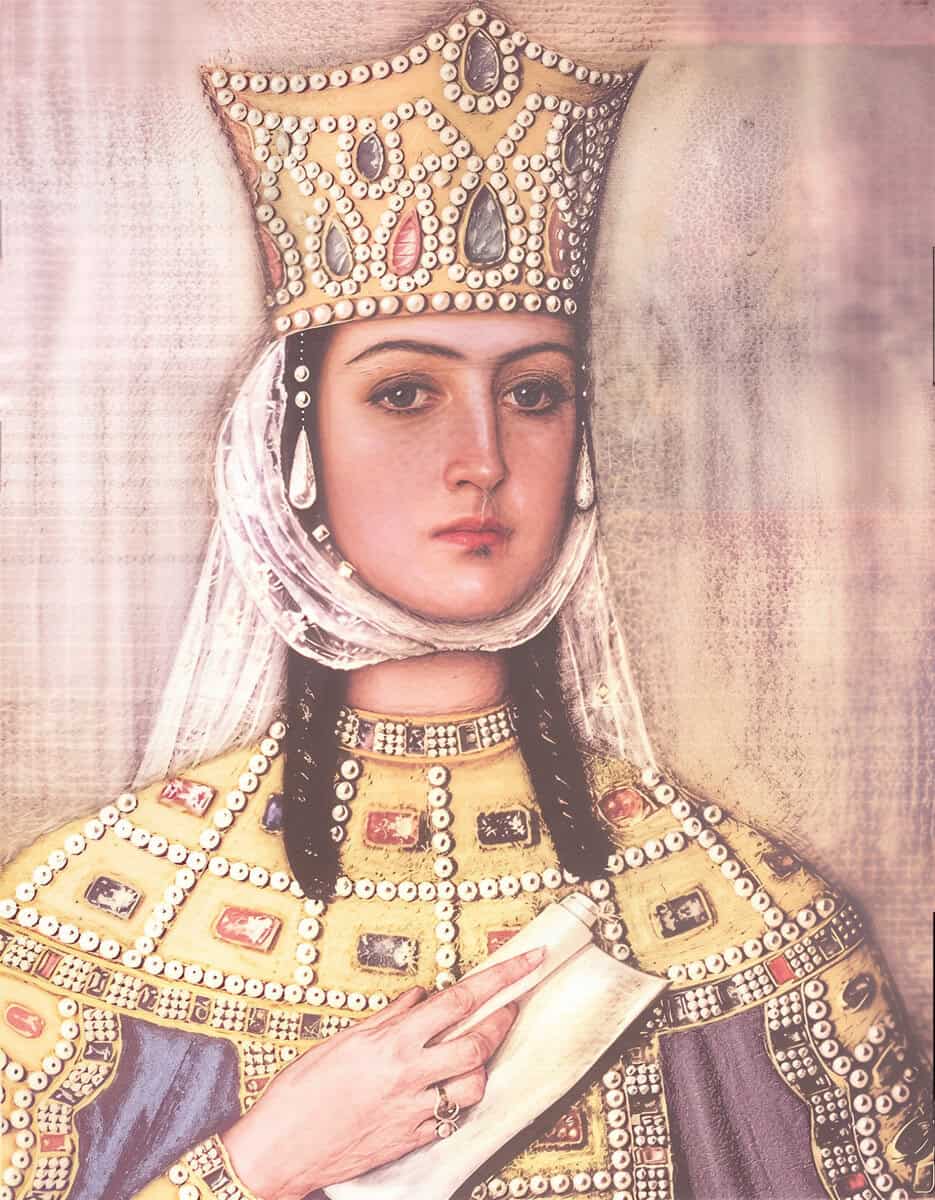
Tamar was crowned “King of Kings” in medieval Georgia—a title typically reserved for male monarchs. She reigned without a king and led Georgia during its Golden Age.
Her rule brought military victories, territorial expansion, and a flourishing of arts and culture. Though her nobles initially resisted being ruled by a woman, Tamar quickly proved herself an astute leader and powerful force.
She led successful campaigns against Muslim neighbors and strengthened the Georgian Orthodox Church.
Tamar is so beloved in Georgian history that she was canonized as a saint, remembered not just as a queen, but as a national symbol of strength.
5. Queen Christina of Sweden (1626–1689)
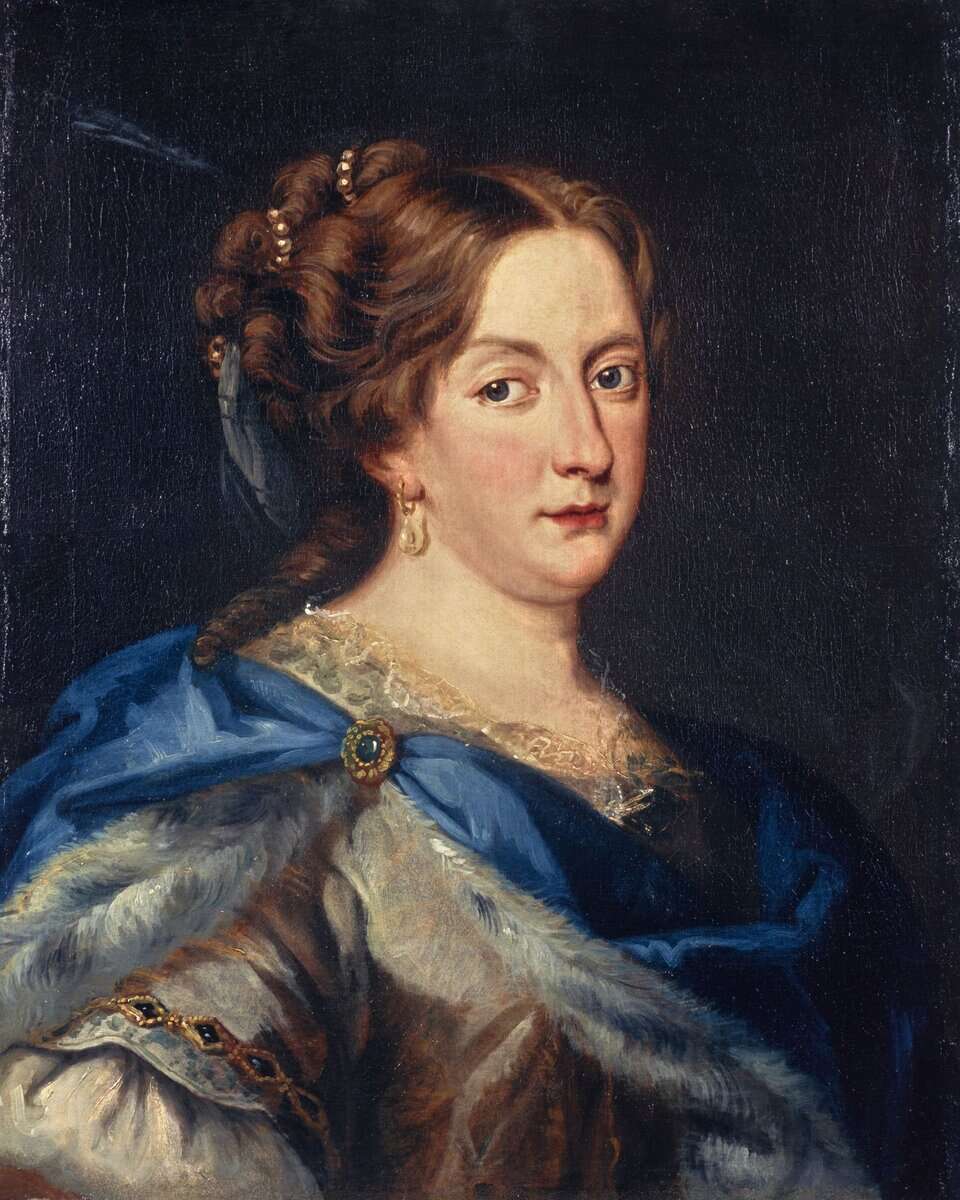
Crowned at age six and ruling officially from 1644, Queen Christina was one of the most unconventional monarchs in European history.
She never married, rejected traditional gender roles, and ultimately abdicated her throne to live freely. Her court was a hub of intellectual life – she invited philosophers, artists, and scientists, including Descartes.
Christina shocked Europe by converting to Catholicism in Protestant Sweden, abdicating the throne, and moving to Rome.
But before stepping down, she ruled alone with fierce independence, challenging expectations placed on women and monarchs alike. Christina’s legacy is that of a woman who refused to conform, even with a crown.
6. Queen Ranavalona I of Madagascar (1778–1861)
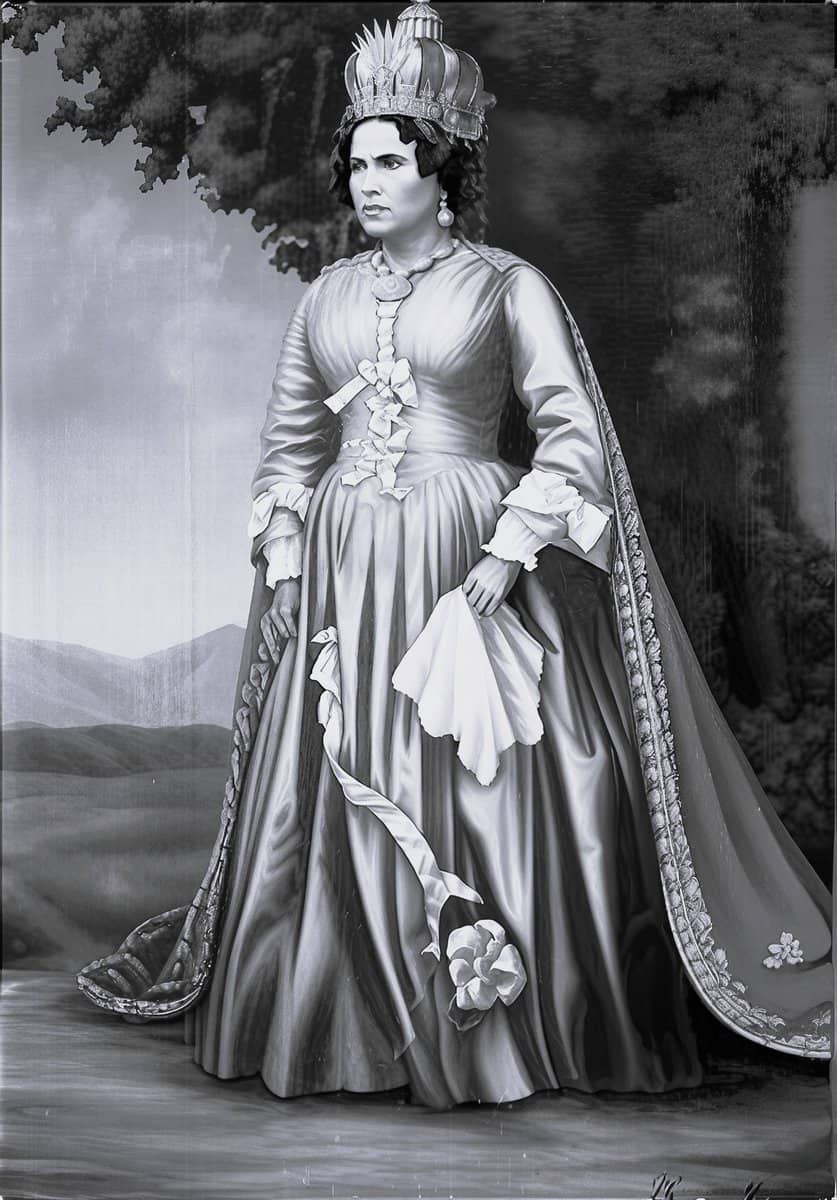
Ranavalona ruled Madagascar for over three decades after the death of her husband and never remarried. Her reign was marked by intense nationalism and a strict rejection of European influence.
She expelled missionaries, resisted colonization, and reinforced traditional Malagasy customs.
While her rule is controversial for its brutality, she preserved Madagascar’s sovereignty in a time when much of Africa was falling to European powers.
Ranavalona was a queen who answered to no one, not even the European empires pressing at her borders.
She governed independently, with an iron grip and a fierce commitment to her people’s identity and independence.
7. Queen Wilhelmina of the Netherlands (1880–1962)

Wilhelmina became queen at just 10 years old and reigned for 58 years, the longest of any Dutch monarch.
Though she married, she ruled as a sovereign queen, not a consort, and during World War II, she stood alone as the symbol of Dutch resistance.
When the Nazis invaded, she fled to London, where she addressed her people through radio broadcasts, bolstering morale.
Even before the war, Wilhelmina had a strong grip on governance, often clashing with politicians and defending royal power.
She ruled with independence, dignity, and strategic thinking that helped preserve Dutch identity during one of its darkest hours.
8. Queen Maria I of Portugal (1734–1816)
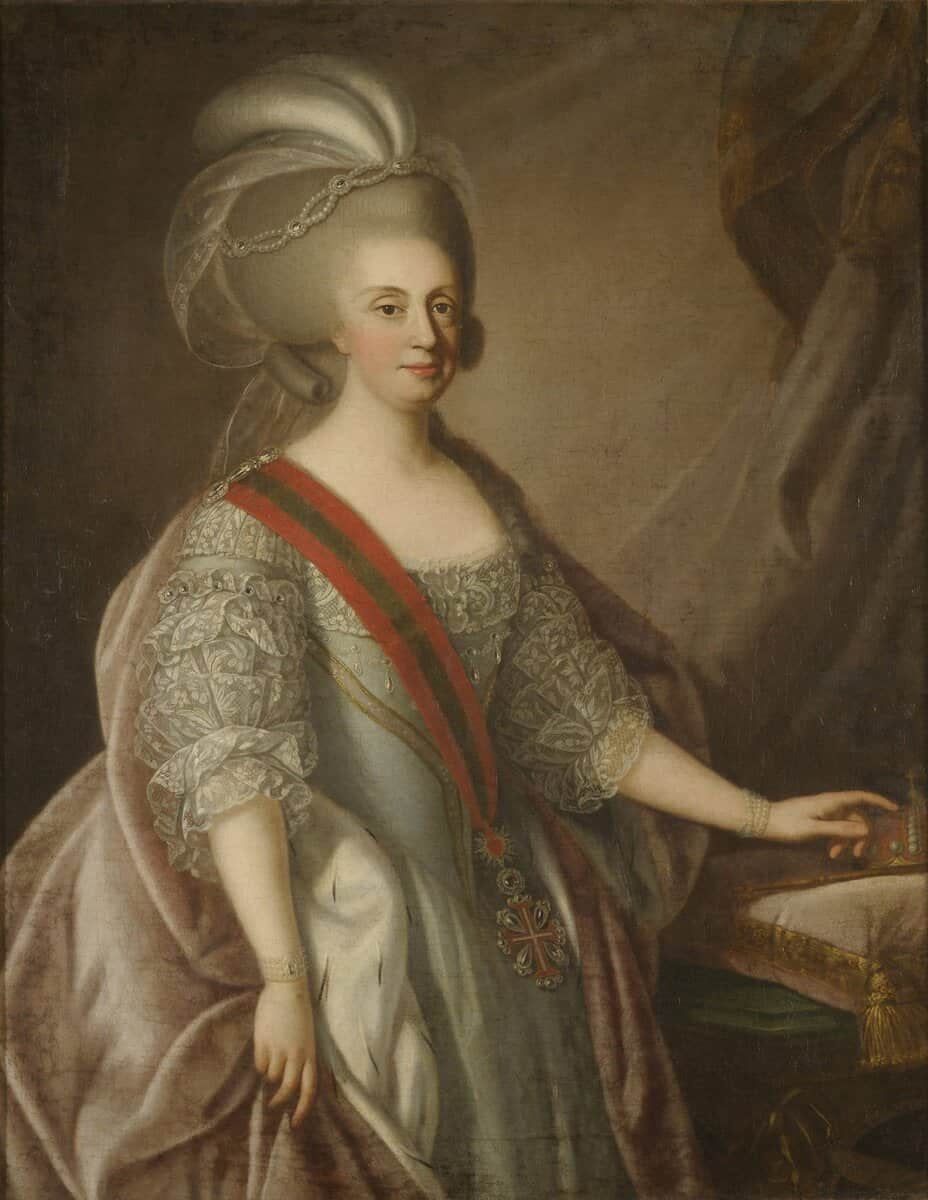
Maria I was the first undisputed queen regnant of Portugal, ruling in her own right without being a consort. Her reign began with progressive reforms and strong Catholic devotion.
She navigated the turbulent waters of European politics, including conflicts with Spain and France. Known as “Maria the Pious,” she supported education, the arts, and charitable projects.
Later in her reign, she suffered from mental illness, which led to her son assuming regency, but for decades, she ruled Portugal without a king.
Her solo reign demonstrated that women could hold the highest authority in a Catholic monarchy, even in turbulent times.
9. Queen Sobekneferu of Egypt (c. 1806–1802 BCE)

Sobekneferu was Egypt’s first woman to take the title of Pharaoh officially. She came to power after the death of her brother and ruled alone during the 12th Dynasty.
Sobekneferu adopted full pharaonic regalia and had monuments built in her name, many portraying her with both masculine and feminine features.
Unlike some queens who ruled as regents, she claimed the throne for herself. Her reign, though short, was significant because it set a precedent for female rule in ancient Egypt.
Sobekneferu didn’t need a king to validate her power; she was king and queen, goddess and ruler, all in one.
10. Queen Zenobia of Palmyra (240–274 CE)
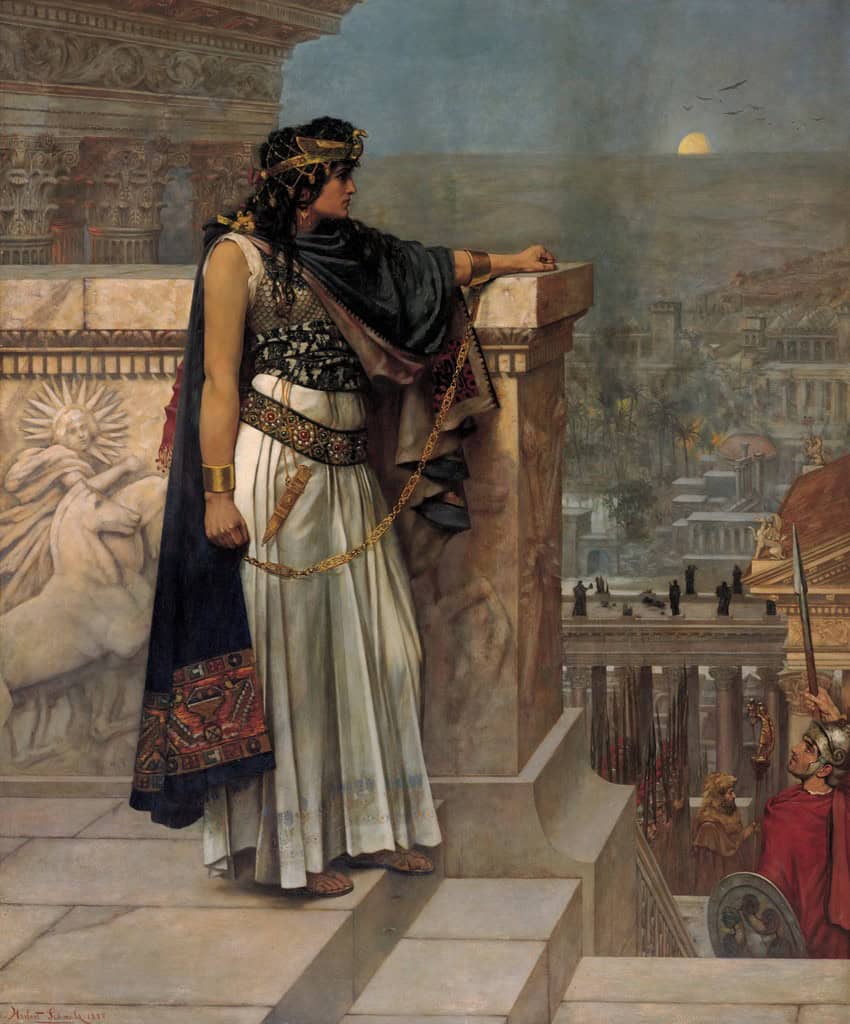
Zenobia rose to power as regent for her son, but soon became the sole ruler of the Palmyrene Empire in present-day Syria.
After her husband’s death, she led military campaigns that conquered much of the Eastern Roman Empire, including Egypt.
Zenobia declared herself Empress and ruled independently, issuing coins in her image and styling herself as “Queen of Kings.”
She defied Rome until Emperor Aurelian captured her. Despite her defeat, Zenobia’s legacy endured as a woman who dared to challenge one of the mightiest empires in history.

I always felt a strong connection to the Divine since my birth. As an author and mentor, my mission is to help others find love, happiness, and inner strength in the darkest of times.

